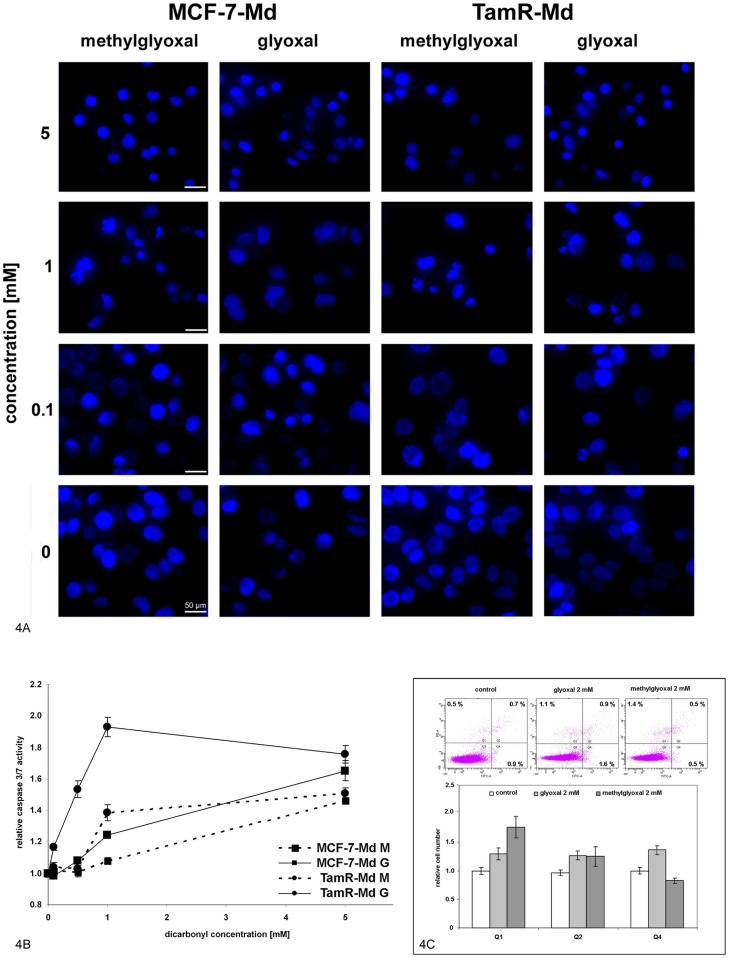Figure 4. Dicarbonyl treatment caused nuclear condensation and caspase 3/7 activation but resulted mainly in necrotic cell death.
4A: Assessment of nuclear morphology. MCF-7-Md and TamR-Md cells were incubated for 48 h with dicarbonyls at the indicated concentrations and nuclei visualised by DNA staining with DAPI and fluorescence microscopy. 4B: Determination of caspase activity. MCF-7-Md and TamR-Md cells were incubated with the dicarbonyls for 6 h at the indicated concentrations. Executer caspases 3/7 were determined by a specific luminescent enzyme activity assay. Activity in control treatments of the respective cell line was set to 1. 4C: Determination of necrosis and apoptosis by flow cytometry. MCF-7-Md cells were treated for 6 h with 2 mM aldehydes before annexin V and propidium iodide double staining and flow cytometric analysis was performed. Representative results of the flow cytometry are shown on top and quantitative analysis of data from 7 experiments performed in triplicate is shown below. Percentage of cells in each quadrant in the control treatments was set to one. Annexin staining is shown on the y-axis and propidium iodide staining on the x-axis.

